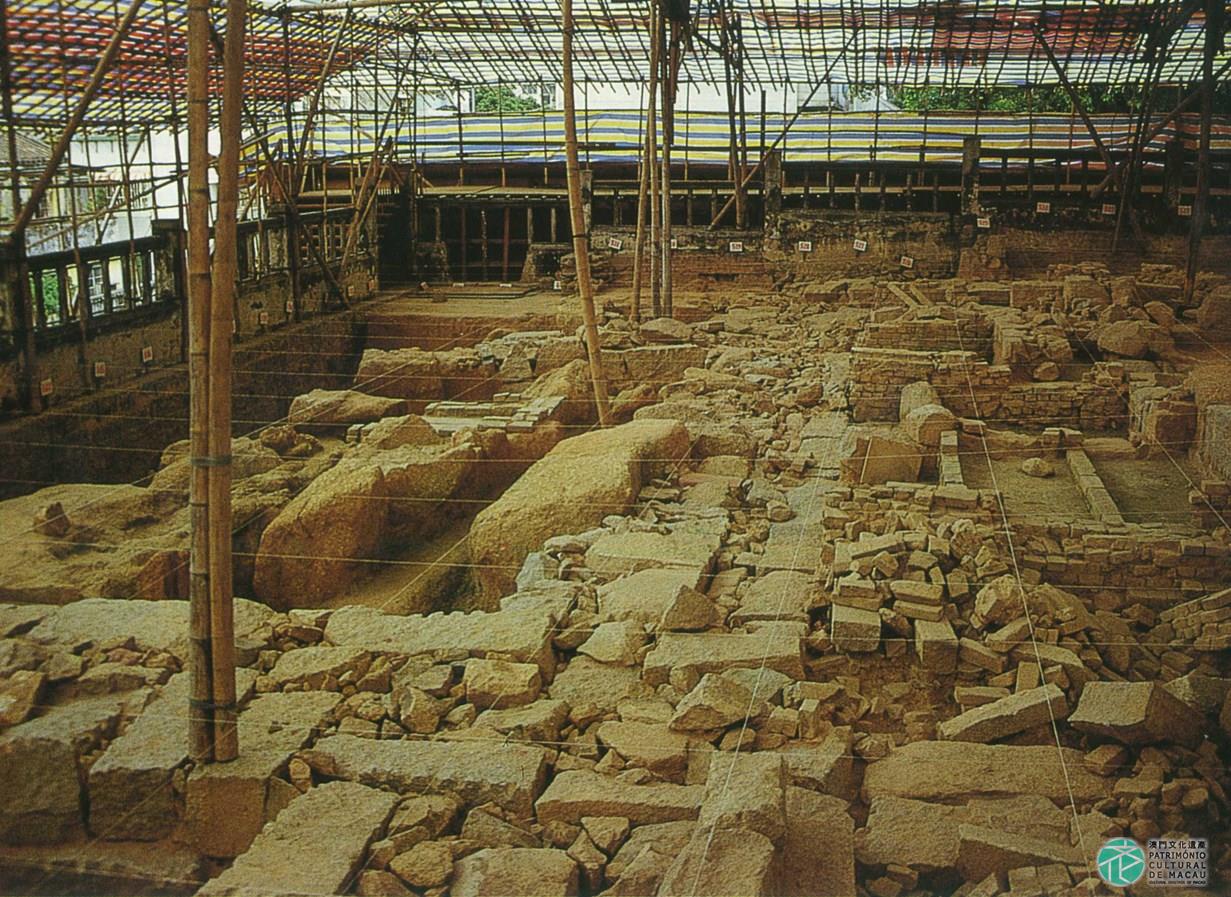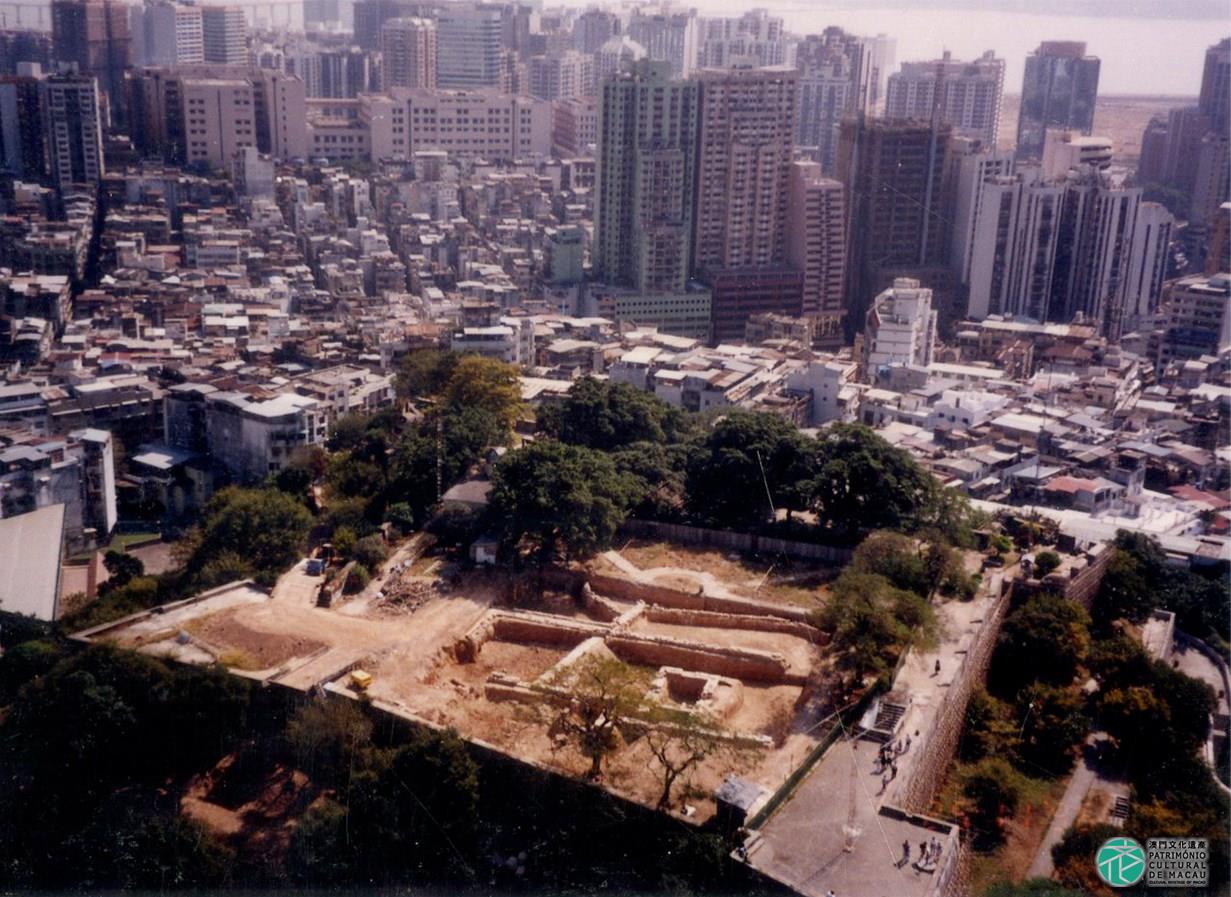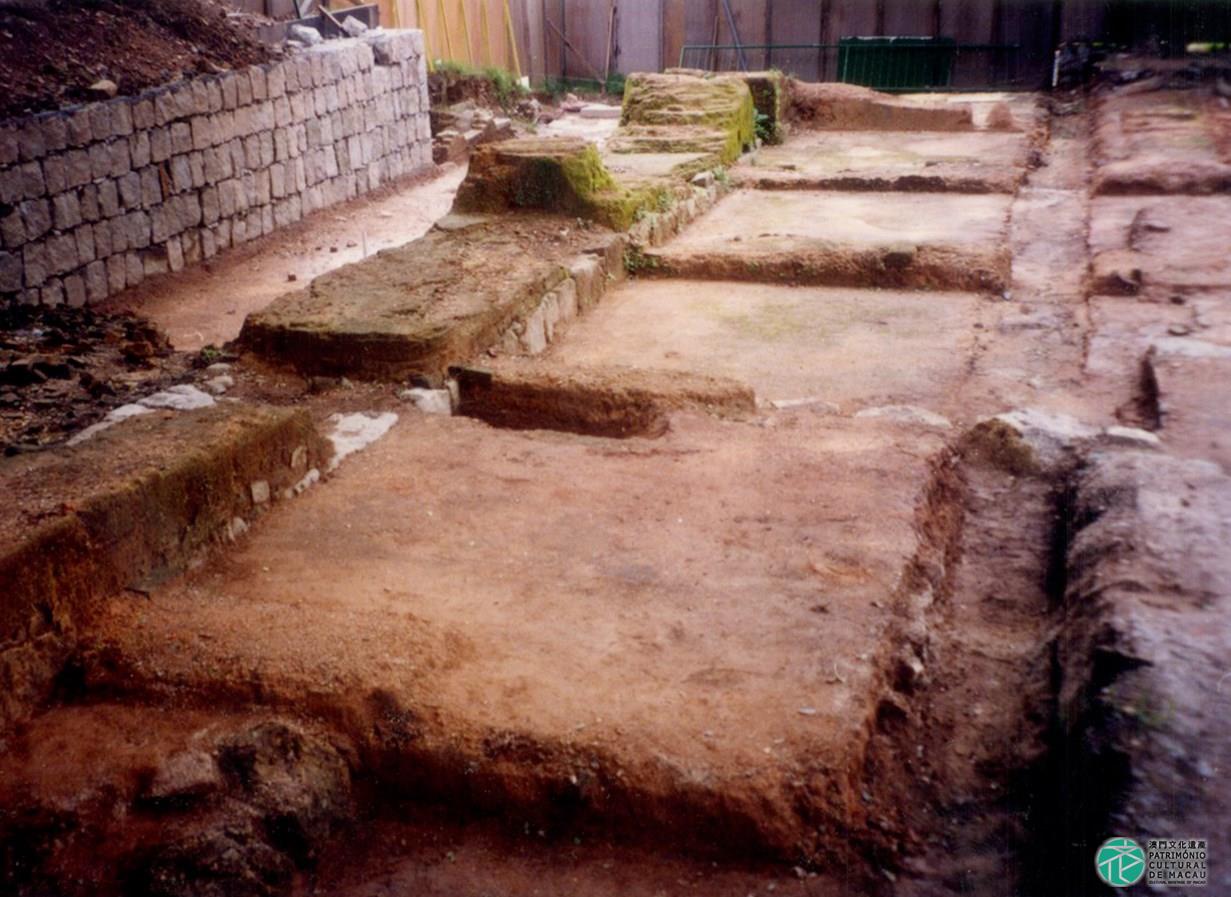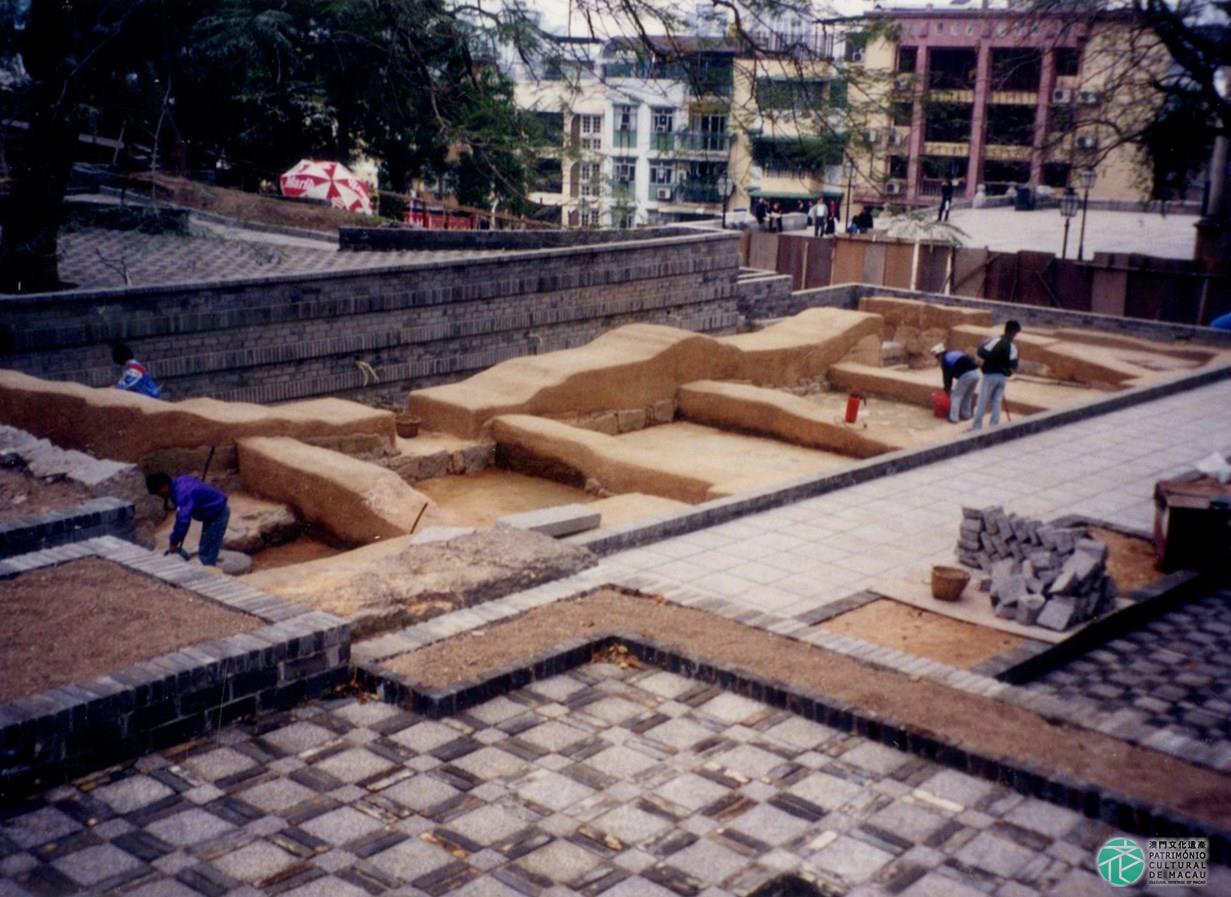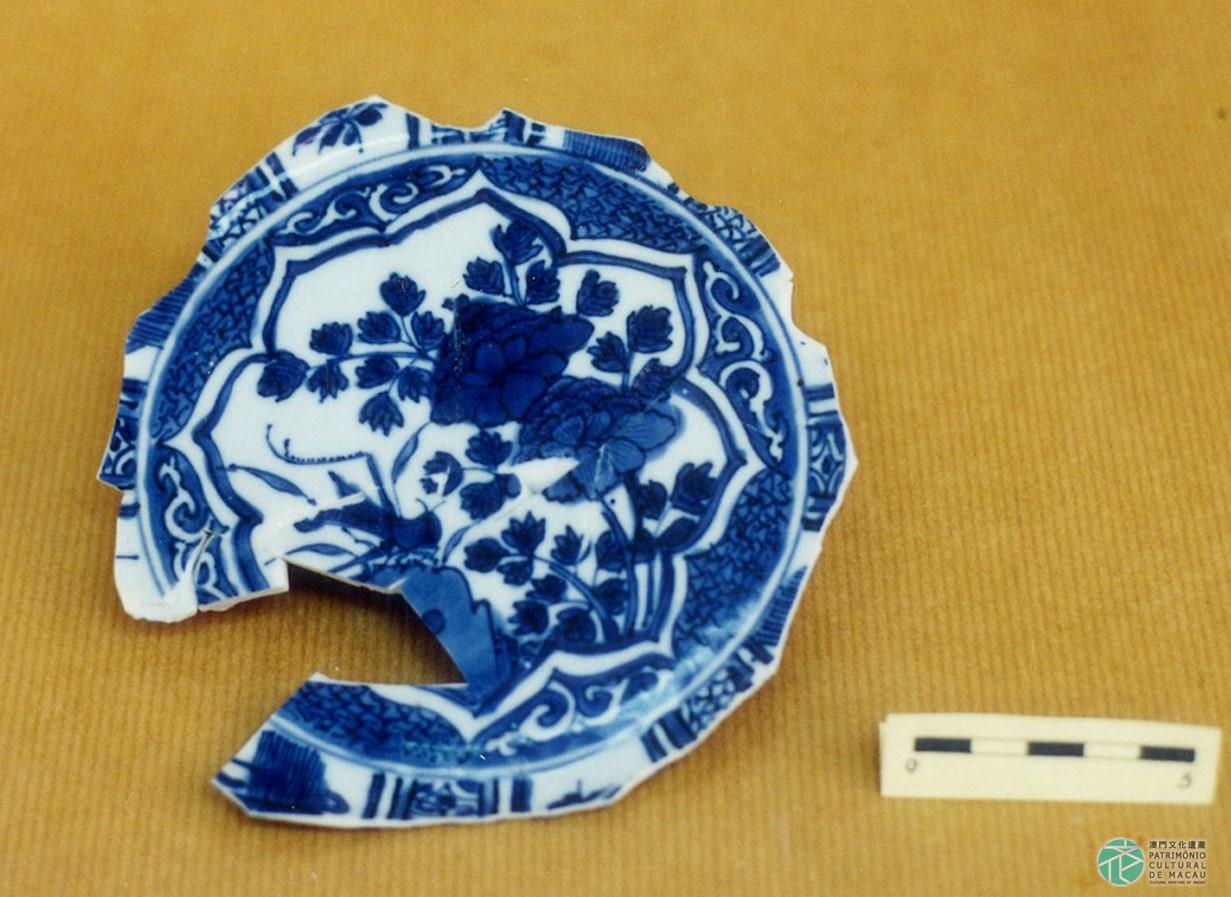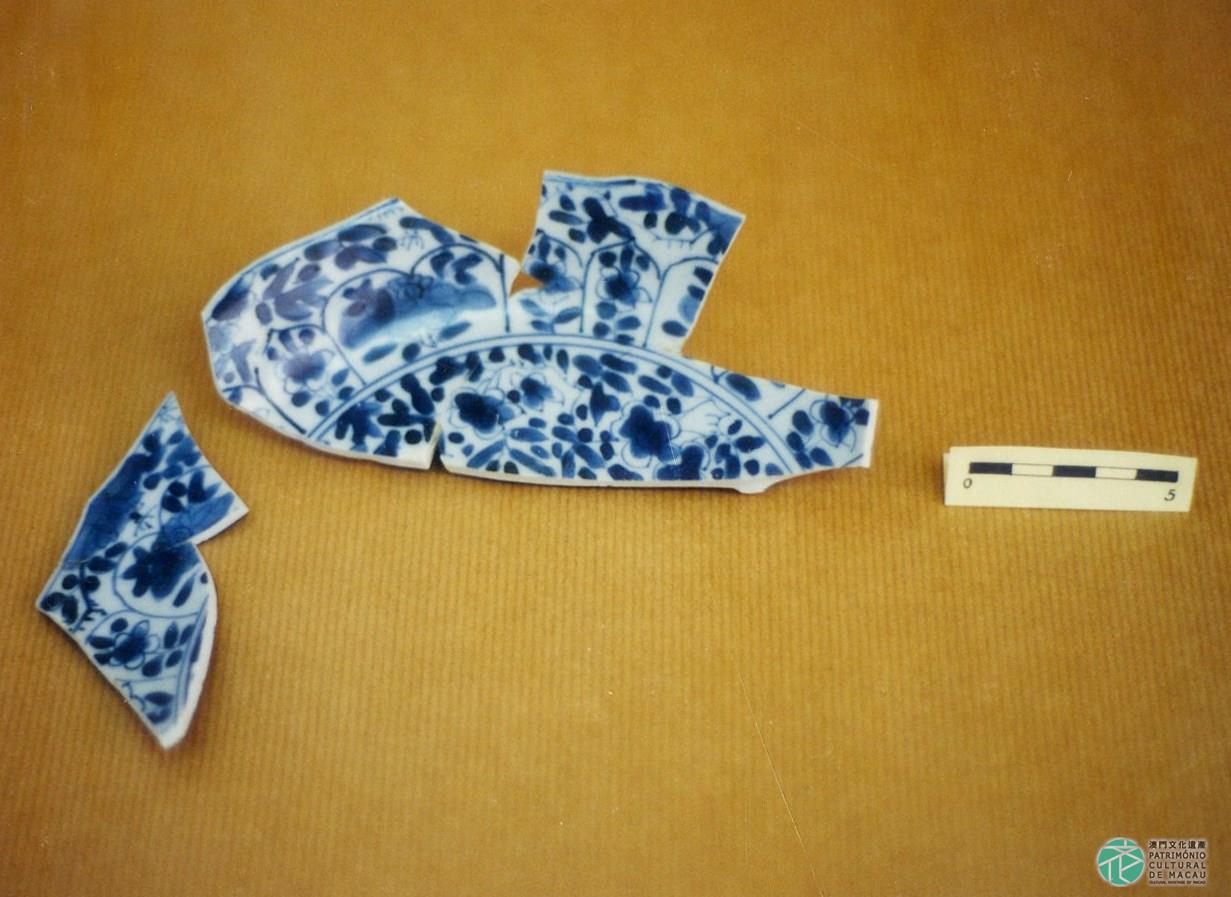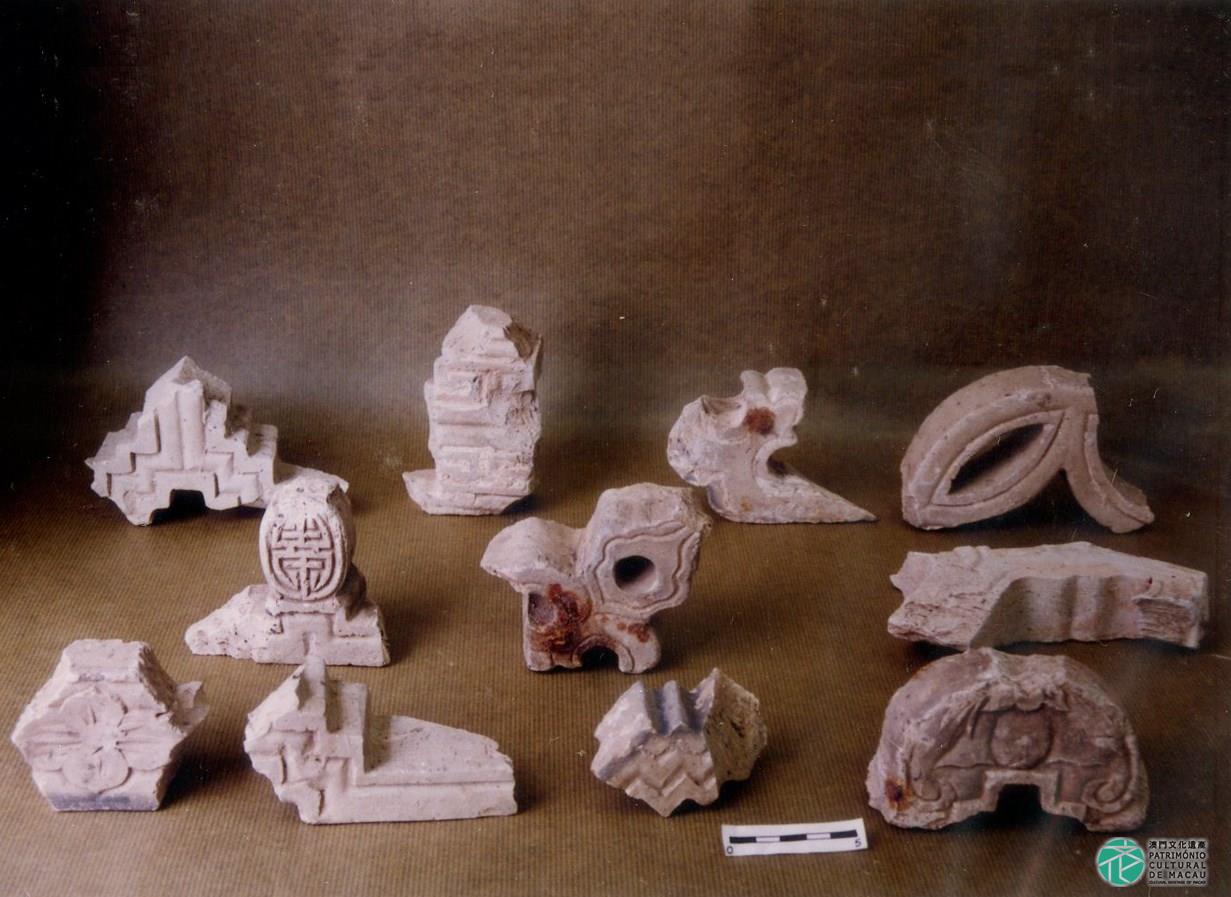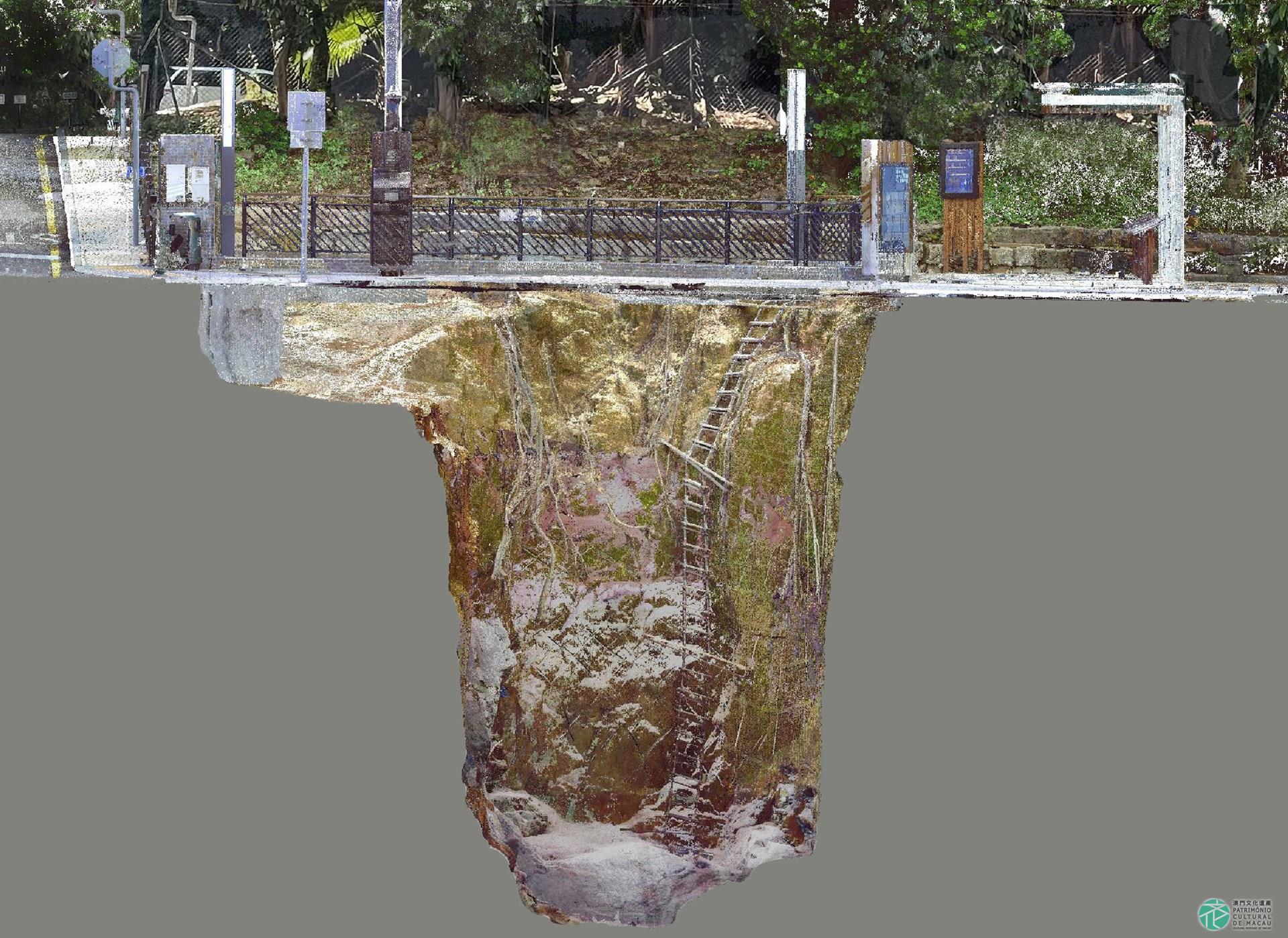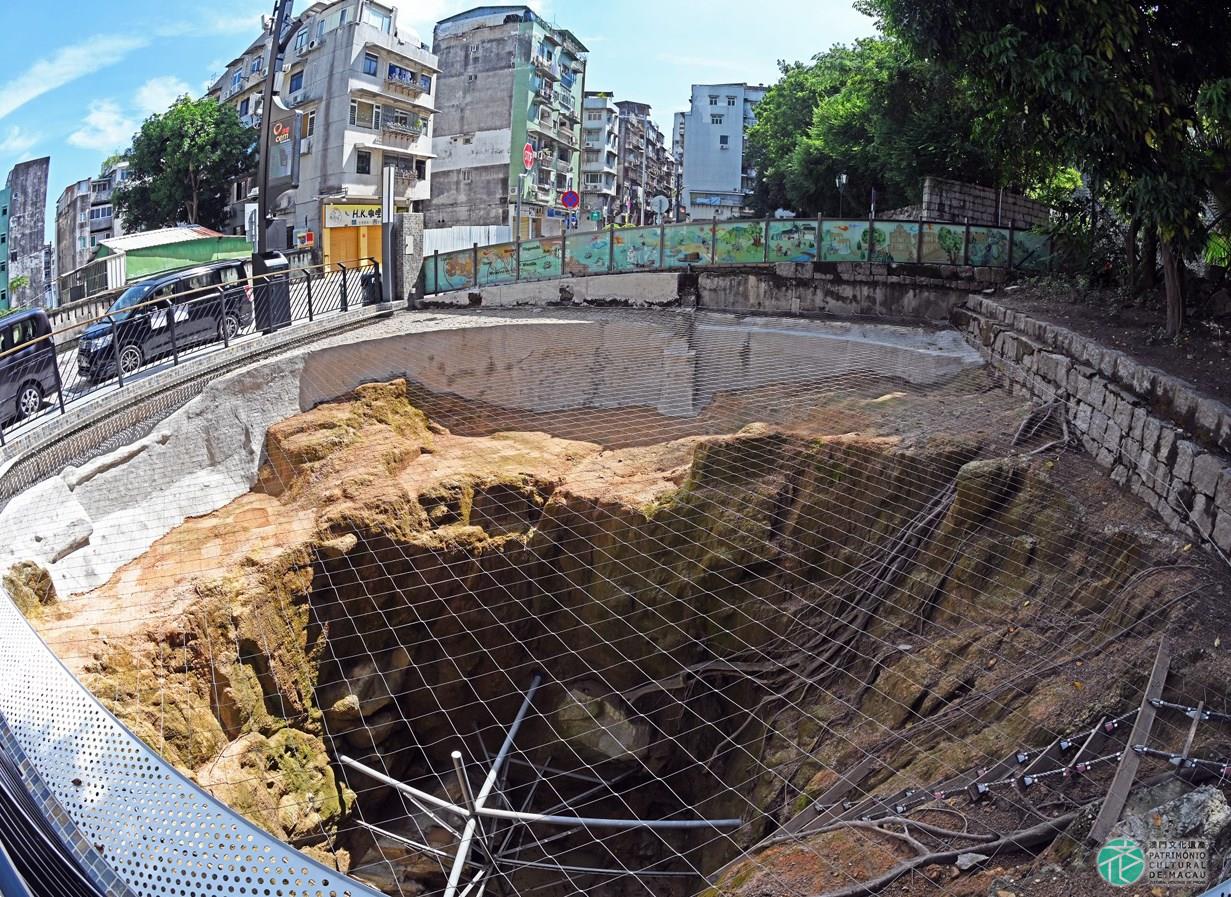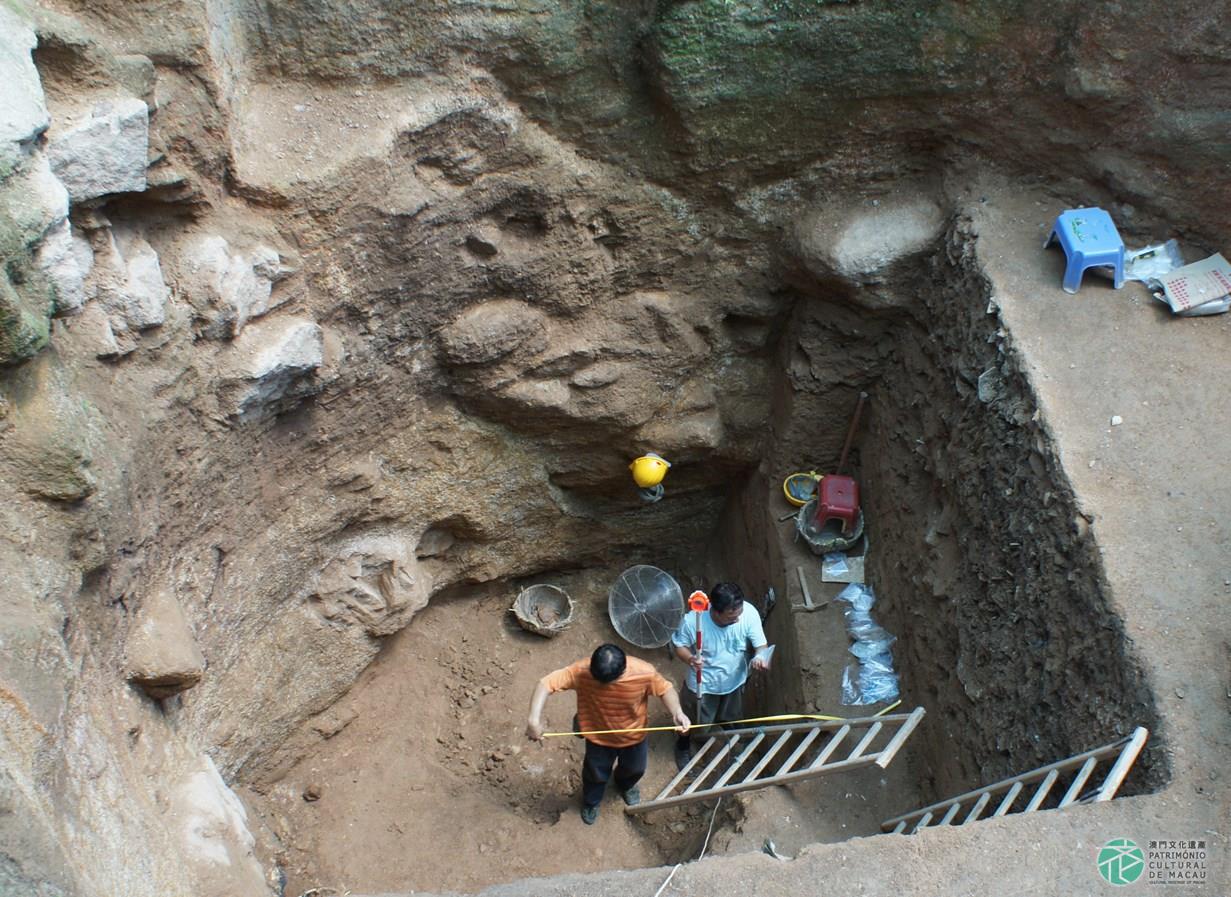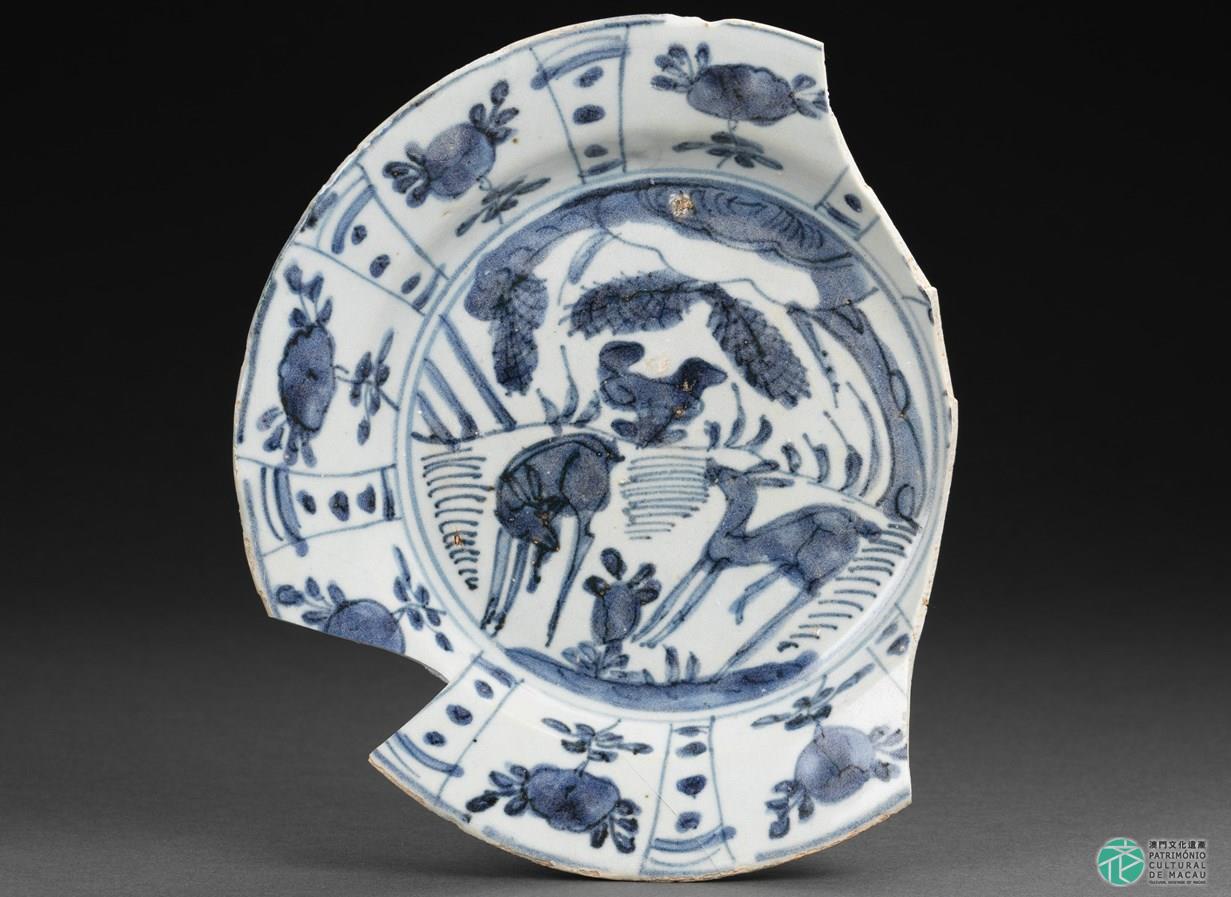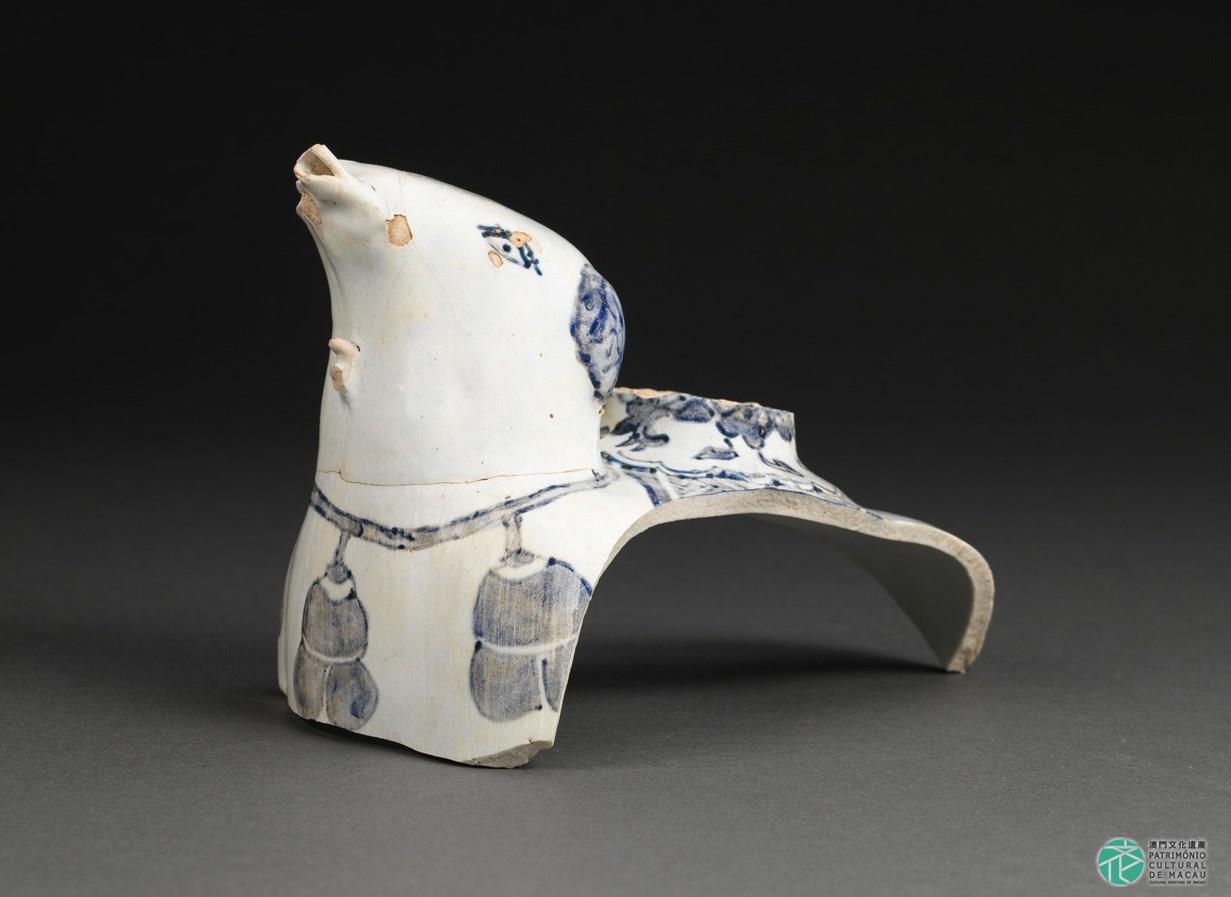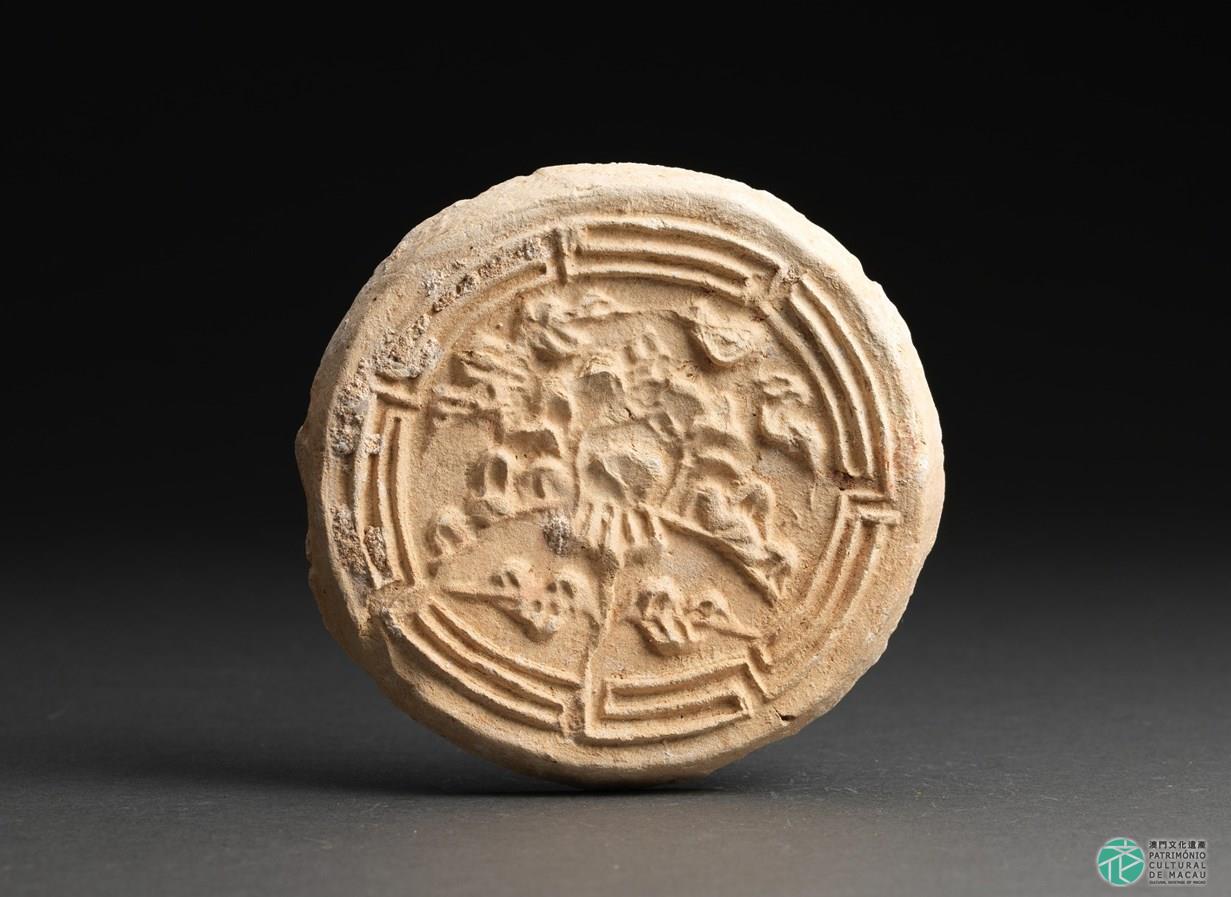In the late 1980s, the old Portuguese Government of Macao discovered archaeological remains in the Ruins of St. Paul, during an investigation project conducted at the site. Meanwhile, it was decided that the Macao Museum would be constructed at Mount Fortress, which also motivated two excavation projects in the area, between 1990 and 1992, and between 1995 and 1996, respectively. The excavations not only unearthed a large number of antiquities, but also uncovered archaeological remains belonging to the old St. Paul’s College, including the foundations of the old main church, the altar of the Holy Spirit, the chapel and the location of the upper level of the high-choir, as well as the remains of the old college walls, courtyards, corridors, the south wing and drainage ditches, providing important archaeological evidence for identifying the original architectural layout and the better understanding the functional program of the old St. Paul's College and Church.
Between 2010 and 2012, in line with a government-led comprehensive development study for the area around the Ruins of St. Paul’s, the Cultural Affairs Bureau invited archaeologists from Mainland China to carry out the “Archaeological Survey and Excavation Project of the site of St. Paul's College” on the east side of the Ruins of St. Paul's at Rua de D. Belchior Carneiro. The excavation was fruitful and enabled to unearth the remains of the old college walls, including the foundations of the chapel’s stonewalls and a large pit. Through comparison with historical maps and on-site investigation of the surviving remains of the walls, these three archaeological works determined the enclosed area of the St. Paul's College site, prior to the 1835 fire, and have provided important clues about the evolution of the College's architecture and layout.
The large number of fragments of porcelain and building materials unearthed at the pit site, including a large quantity of Kraak porcelain (Kraakporselein) dating from the late Ming and early Qing dynasties (second half of the 16th century to the mid-17th century) for export, together with other remains unearthed in different parts of Macao since the 1990s, also offered important archaeological evidence of Macao having been a key transhipment port and trade hub within the context of the Maritime Silk Road of the time.
